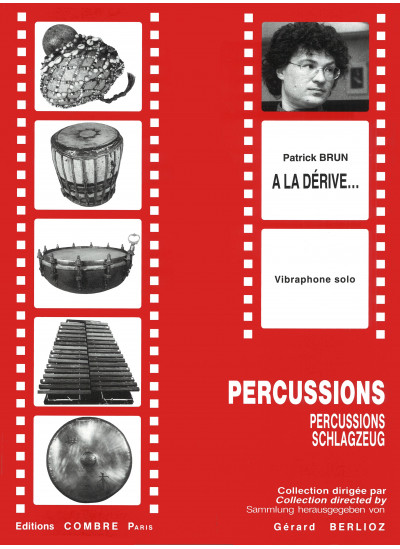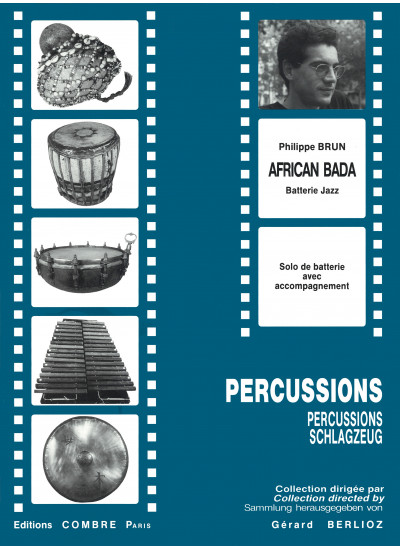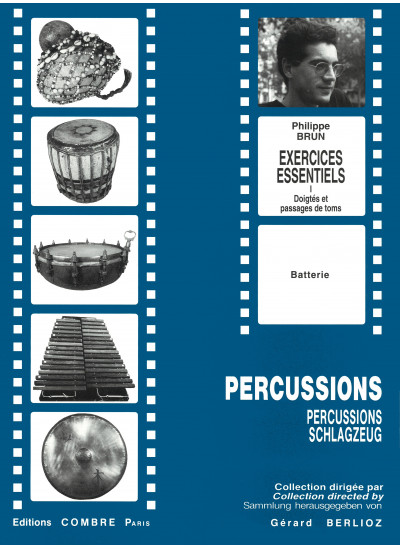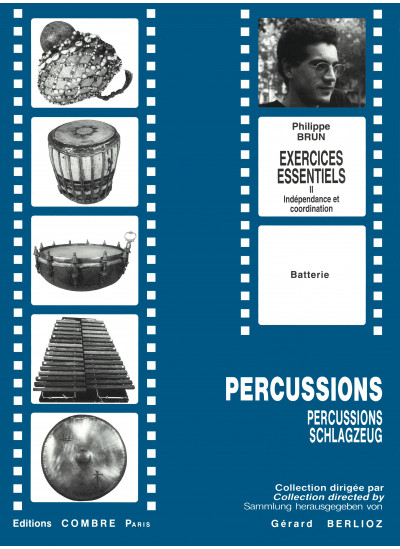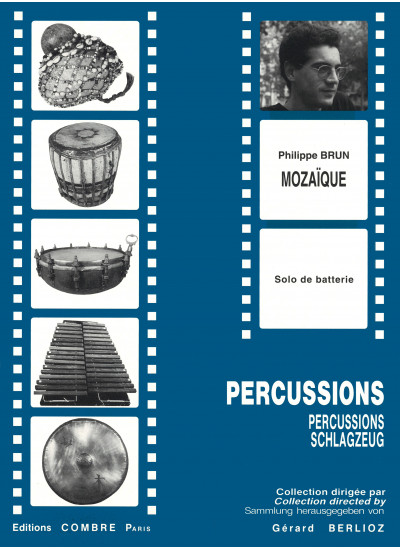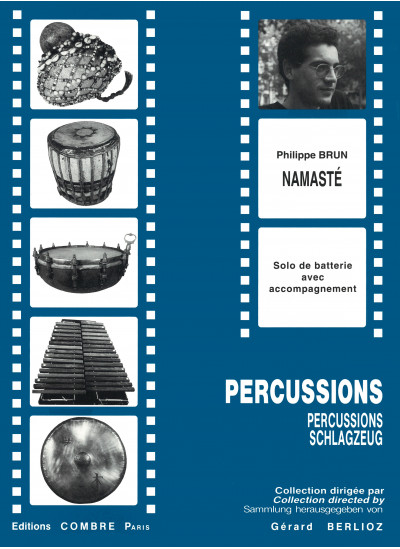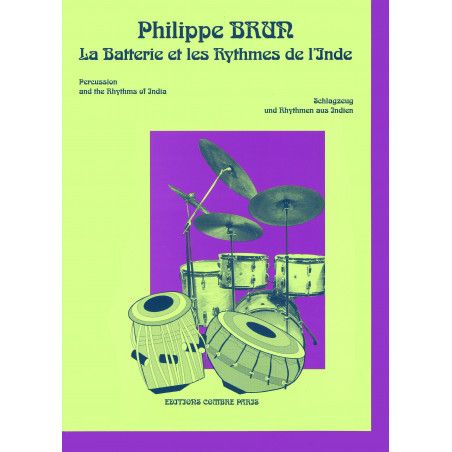
Philippe Brun's work on the rhythms of India adapted to percussion instruments fulfils a long-felt need.
Today it no longer su?ices to write simply 6/8 or 4/4. Contact with ethnic music has introduced many hitherto unknown instruments to the west, opening up new possibilities in rhythm, particularly jazz.
Times signatures of 7 in a bar of 9 or 11, are commonly used in Arabian and central European music as well as in Indian rhythm cycles (Talas), undoubtedly the most complex.
The exercises to be found in this manual are therefore of great interest, and will be a source of inspiration to drummers and percussionists everywhere.
Shyamal Maitra
Tabla-player from Calcutta, north India
Introduction
This manual is primarily for drummers and percussion players who already have some experience.
The rhythms given here are played in India, their country of origin, on the two hand-played drums that form the tabla, the baya (left-hand) and daya (right-hand).
These traditional Indian rhythms will, when adapted to the drums, undoubtedly be of considerable benefit to western drummers and percussionists.
In order to make the rhythmic systems easier for players in the west to understand, Philippe Brun has written eveything out in 4/4 time, this being both the simplest and the most e?ective way of presenting the music.
Gérard Berlioz


